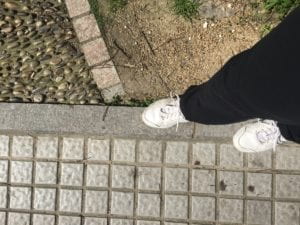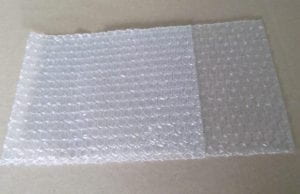In this workshop, we are doing a persuasive design for Eric. We are trying to design a strategy that can persuade him to do regular meditation. The hat assigned for our group is the green hat, which stands for creative thinking.
During the process, we find that it is actually quite tricky to perform persuasive design for someone with an inconsistent schedule. But performing such design really challenged us to think every aspect of the process. I think that the most important part of a persuasive design for me is designing a trigger. The reason is that sometimes I won’t get some work done even if it gives me enough motivation and is easy enough for me to complete it. Therefore, I think what I need the most when trying to follow a schedule is exactly a proper trigger.
In the design process in this workshop, we considered a proper trigger for Eric could be a nice place and a leisure period of time. We thought about the restroom, classroom and so on, but we find that neither of these places can be pleasant enough or gives him enough time to meditate.
Therefore, the end result was that we think that Eric should find a consistent slot in his schedule specifically for meditation.



